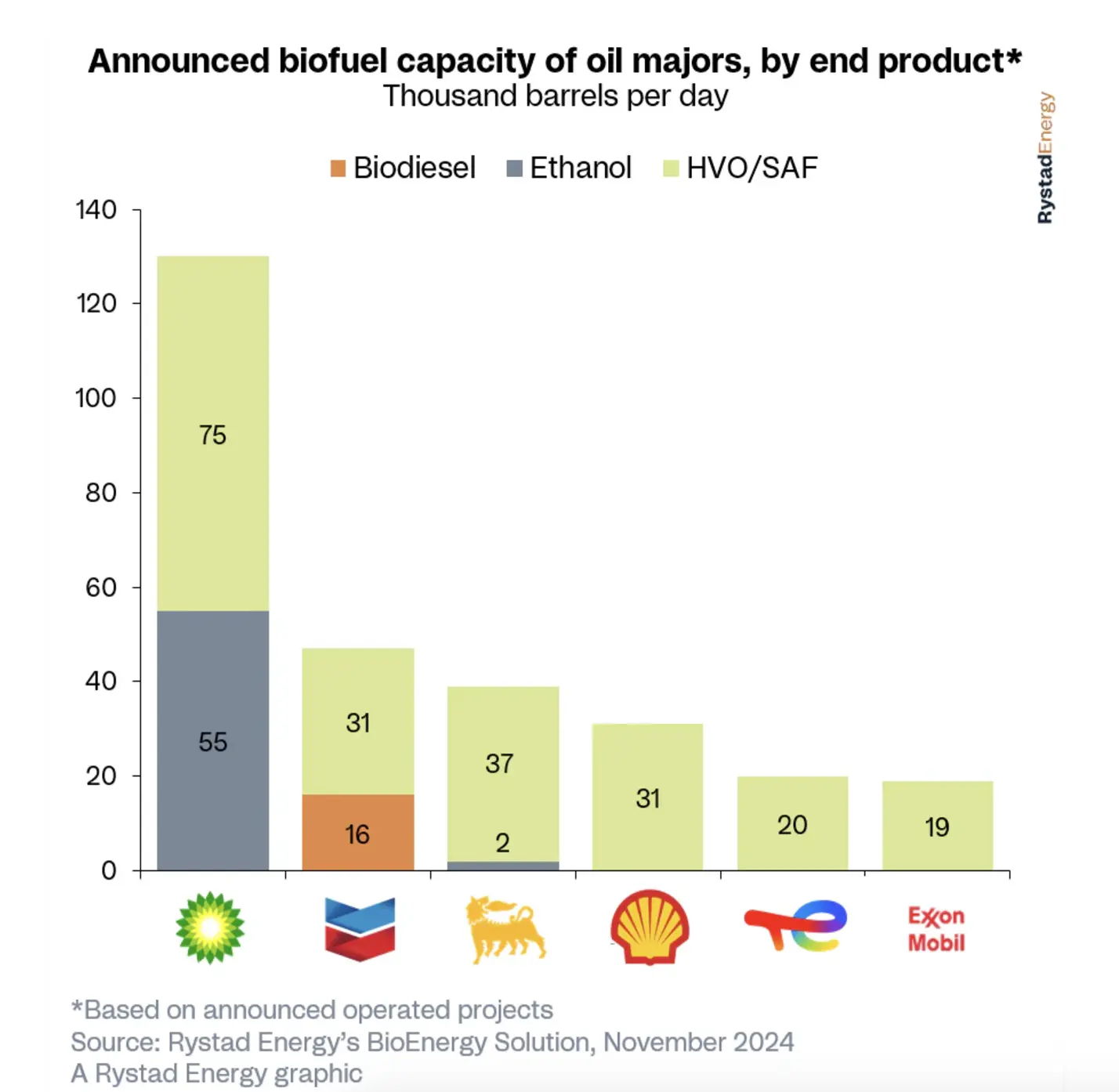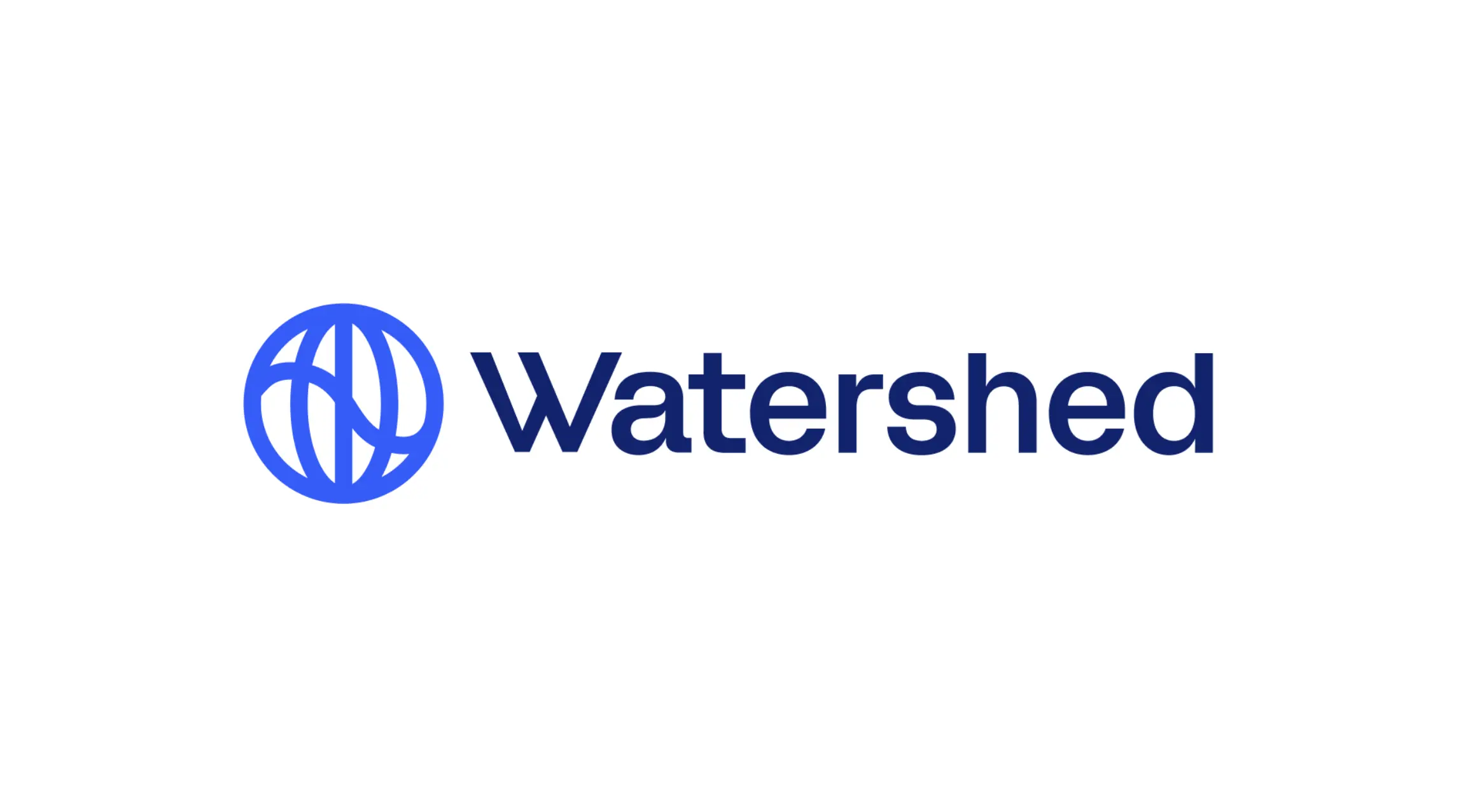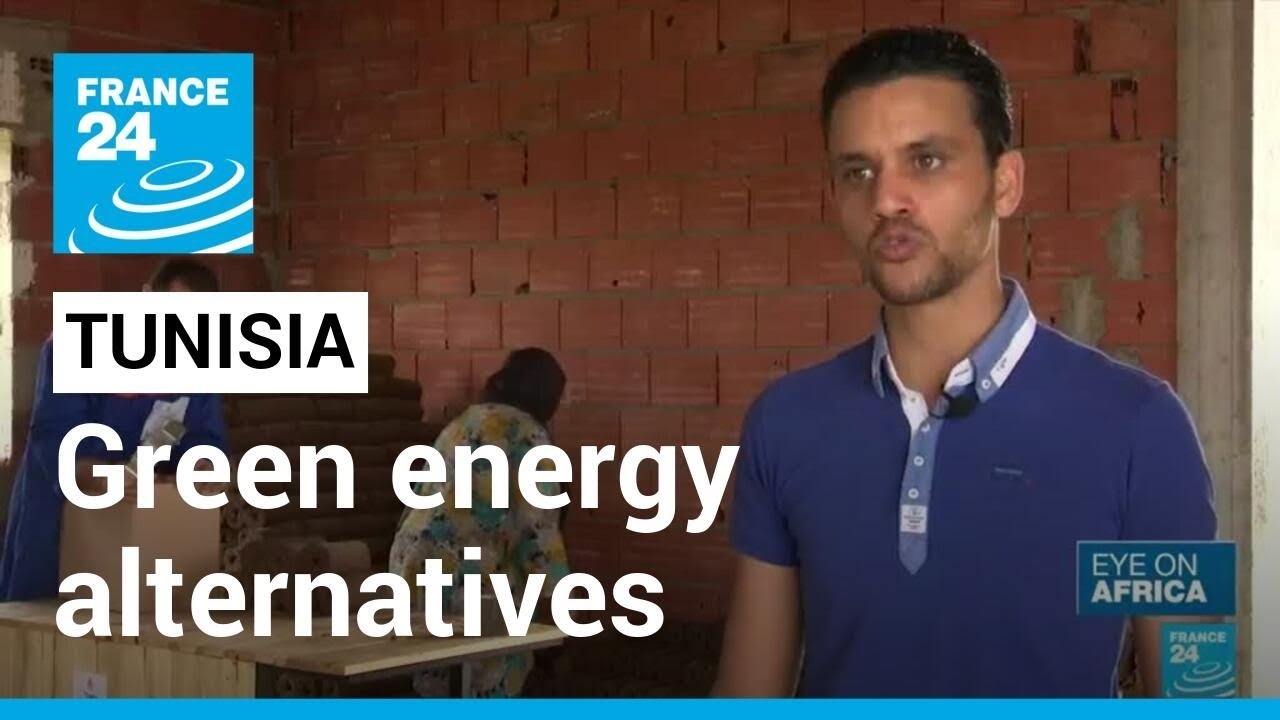
If you’ve been hiding amongst the outer planets in recent months and years, you’ll not have heard of the increasing alarm over microplastics — these almost microscopic-sized bits of hydrocarbon that are piling up in our bodies, in our food, and everywhere. Dire predictions there have been about the risks, and solutions generally have been of the “stop using plastic!” type and the year-on-year increases in plastic usage — and I might add, during the pandemic, it’s popularity — tells the tale of how that bit of advice has been faring.
We don’t need to stop using plastics — our society depends on them in so many ways — what we need is plastics without consequences, and specifically plastics that don’t break down into persistent microplastics with all the dire consequences of which we have been left in little doubt.
Good news on that score, it appears the bioeconomy is racing to the rescue. A new meta-study released by HYDRA Marine Sciences working with Holland Bioplastics has found that hydrolysis prevents the formation of persistent PLA microplastics in the environment.
So, your new best friend, polylactic acid.
Here’s the reason for optimism, According to the study authors, systematic review of published scientific literature conducted by HYDRA Marine Sciences finds that in the presence of water or humidity, the bioplastic polylactic acid will fully hydrolyze, and no persistent nano- or microplastics will remain or accumulate in the environment.
Unlike petroleum’s “non-biodegradable polymers, which will persist and permanently accumulate as nano- or microplastics in the environment, PLA will hydrolyze into molecules of ever-smaller size, becoming soluble in water and eventually fully biodegraded,” the authors aver.
They did not cherry pick the research literature, by the way. The report’s findings were drawn from an initial scan of over 30,000 reports, of which 500 were identified by HYDRA as relevant and of sufficient quality for deeper review.
The caveat is the presence of water or humidity, so please do not take PLA plastics to the moon until we locate the water there. Thank you.
Er, what is PLA?
PLA is a biobased polymer that is a viable alternative to petrochemical plastics due to its versatility, circularity, and low carbon footprint. Producing PLA starts with plants as they sequester atmospheric carbon dioxide in sugar molecules through the process of photosynthesis. Plant sugars are then fermented using microorganisms to produce the monomer lactic acid, a safe, non-toxic substance that is also used to preserve foods and is produced by our bodies during physical exertion. This lactic acid is then polymerized into the polylactide biopolymer used to make a wide range of products like cups, cutlery, bin liners, or flexible food packaging. Because PLA is made from plants that absorb carbon dioxide and water found in nature, when it is composted, hydrolyzed, or biodegraded, the CO2 and water will return back to nature, making the process circular.
OK, so what is hydrolysis and how does it work, exactly?
The research confirmed that the environmental degradation of PLA is mainly driven by hydrolysis, an abiotic process that occurs in the presence of moisture or humidity. As long as these conditions prevail, the molecular weight and size of any PLA objects or fragments will continually decrease via hydrolysis, at a rate determined by temperature, until the polymer chains are so short that the material becomes soluble in water. These soluble substances, oligomers and lactic acid monomers, will subsequently be biodegraded by microorganisms into biomass, water, and carbon dioxide.
And, yep, lactic acid is safe. Your body makes it all the time, it’s what gives you that sore and crampy feeling in your muscles when you’ve run too far or fast, and it’s Generally Recognized as Safe by the US Food and Drug Administration and European Union (EU).
Yes, PLA, as Captain Picard intoned in Star Trek, the Next Generation, resistance is futile, you will be assimilated. Bio-assimilated that is, a far nicer version of the process than we saw in the battles between the USS Enterprise and The Borg.
The Holland Biosciences backstory
Holland Bioplastics is a trade organization that connects parties directly or indirectly involved in the production of raw materials, materials and products, and research and marketing for bioplastics with the aim to spread, share, and make knowledge accessible about bioplastics.
The HYDRA Marine Sciences backstory
HYDRA Marine Sciences GmbH is an institute for aquatic research, documentation, and consulting. Since 2009, HYDRA has been involved in the development and application of standard tests under marine and freshwater field, tank and laboratory conditions for partners from academia, associations, public administration, and industry.
Reaction from the stakeholders
“As a society, we must work to end the plastics crisis from both ends: developing collection and waste processing infrastructure and products that are compostable, reusable, and recyclable while simultaneously choosing more responsible materials for the products we rely on today,” said Erwin Vink, Board Member from Holland Bioplastics. “These findings confirm that as we are growing access to waste infrastructure globally if PLA is leaked into the environment, it will not have the long-term impact as a microplastic that we know occurs with non-biodegradable polymers.”
“The meta-study shows that in contrast to non-biodegradable plastic, which will persist and permanently accumulate as micro- and nanoplastics in the environment, PLA in the environment will not leave persistent pollution as long as humidity and water are present,” said Christian Lott, Managing Director, HYDRA Marine Sciences. “However, we must be aware that it does not belong in the environment, and it is critical that we do not use these attributes to encourage littering or slow the development of global waste infrastructure. Degradation of any material must be balanced with accumulation, or how much material is entering the environment, in order to reduce harm to the environment.”







